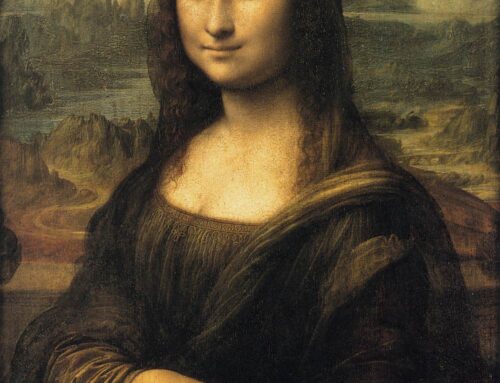Expanding medical training: doctors call on the arts and humanities. From the article:
As clinician educators we believe that collaboration beyond the world of medicine is essential, not only in times of crisis but also as part of normal training. Yet a widely held assumption that everything a learner needs to know about a field can be gained from those already working within it holds powerful sway. We challenge that assumption, proposing that clinicians can learn from experts outside medicine whose ways of doing resonate with medical practice but whose expertise often goes unrecognised.
While the value of collaborating with engineers and non-clinical scientists is easy to see, there is great scope too for collaboration with those in the visual and performing arts. For example, one consequence of the COVID-19 pandemic has been a radical shift from face-to-face to remote consultation. Clinicians and patients have developed unfamiliar ways of interacting…. While the value of collaborating with engineers and non-clinical scientists is easy to see, there is great scope too for collaboration with those in the visual and performing arts. For example, one consequence of the COVID-19 pandemic has been a radical shift from face-to-face to remote consultation. Clinicians and patients have developed unfamiliar ways of interacting….
Awareness is growing of the value of study that transcends disciplinary boundaries—of finding ways to broaden out the funnel of medical learning. Many programmes bring medicine, science, and engineering together, encouraging students to develop solutions to practical challenges. Medical humanities programmes invite students to connect with the worlds of literature, poetry, and the visual and performing arts, among other fields, acknowledging that valuable insights into clinical practice come from this humanist perspective.
For other posts on medical humanities, see here.









Leave A Comment